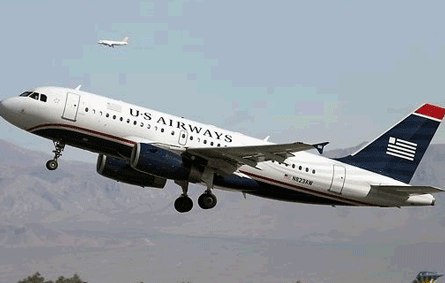US Airways believes a dearth of data about aircraft ditching on which to draw is prohibitive in creating simulator training for those scenarios.
Airbus A320 fleet captain John Hope says the lack of information could create challenges for airlines in attempting to incorporate that training into a flight simulator. This is because operating on "anything but asphalt" on the equipment is costly for an airline.
Hope was responding to questions from safety investigators during a National Transportation Safety Board hearing examining the US Airways A320 ditching into New York's Hudson river on 15 January following a dual engine failure caused by a multiple bird strike.
Airbus vice-president flight operations support and services Capt Mark Parisis says the lack of fidelity in simulators to create ditching events would lead to "negative training" in not supplying adequate cues to flightcrews.
 |
|---|
© US Airways |
The concept of negative training involves supplying training for one particular scenario when "something else happens in reality", says NASA psychologist Barbara Burian, who has been involved in studies of emergency and abnormal situations in the agency's aviation safety programme.
US Airways generally follows instructions created by Airbus for dual engine failures on the manufacturer's aircraft, Hope says, with the slight difference being the carrier simulates a failure at 25,000ft (7,620m) and 300kt (555km/h). Airbus simulates the failure at roughly 35,000ft.
The US Airways A320 lost power at close to 3,000ft. Parisis says Airbus plans to examine lessons learned from the aircraft's landing after losing power at that altitude, but given the uniqueness of that specific situation it is too early to determine any procedural changes.
Hope says that while US Airways dual engine failure procedures are directed at higher altitudes, the crew of Flight 1549 used the carrier's "threat and error" management effectively to carry out the landing.
Source: Flight International























